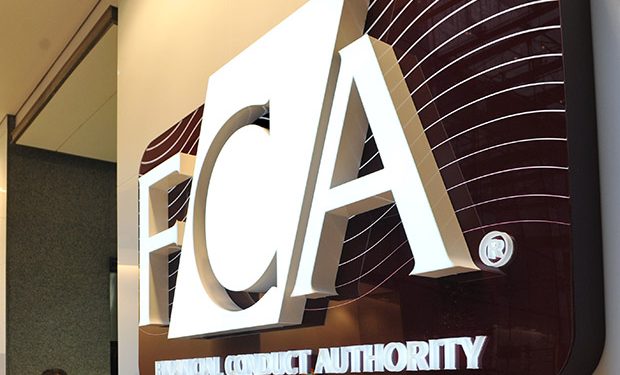Aviva, Scottish Widows and Royal London are all basing the decision whether to require advice on safeguarded benefits on whether the pot itself exceeds £30,000, even though pots as low as £15,000 could be worth more than £30,000 if they have generous GARs.
Phoenix Life is basing its decision on whether a pot passes the £30,000 threshold based on the cost on the open market of providing an equivalent annuity.
An £18,000 pot with a 10 per cent GAR would produce a level single-life income that would cost roughly £30,000 to buy on the open market from age 65. Pots as low as £18,000 therefore could be seen as safeguarded benefits requiring advice under the FCA’s guidance.
The FCA’s consultation on the transfer rules, CP15/7 says ‘providers may wish to determine broad values in relation to the types of GARs held by their members, to assist in determining whether the exemption is likely to apply in cases where the realisable assets under the member’s policy do not exceed £30,000. Where this approach produces a figure close to the £30,000 threshold, providers may need to calculate the value of the individual member’s benefits, in accordance with the regulations, to determine whether the member will be required to take independent advice’.
It goes on to say ‘These regulations provide that the total value of the member’s subsisting rights in respect of safeguarded benefits must be calculated using the cash equivalent calculation method contained within regulations 7 to 7C or 7E of the Occupational Pension Schemes (Transfer Values) Regulations 1996.’
Aviva, Scottish Widows and Royal London say they are entitled to determine whether funds are safeguarded benefits on the basis of the size of the pot alone, without including the value of the GARs.
An Aviva spokesperson says: “The FCA has not been specific about the calculation method we should use, just that we may want to think about the value of the GAR.”
A Royal London spokesperson says: “We are doing the on the value of the fund and not making assumptions of the value of the GAR over time. There does not in personal pension world seem to be a basis for making that valuation. We think it remains a grey area.”
A spokesperson for Scottish Widows says: “From 6th April 2015, we have been fully compliant with the Pension Scheme Act 2015 transitional provisions on the treatment of safeguarded benefits which were published on 17th March.
“We have a very small population of pension customers with GARs – less than 3 per cent – so this isn’t a big issue for us.”
A spokesperson for Phoenix Life says: “We follow the guidelines outlined by the DWP and FCA on advice requirements to protect our customers’ interests and ensure that they do not lose very valuable guarantees without being fully aware of what they are giving up. We calculate this figure by determining the cost on the open market to provide the level of annuity that the GAR would provide to the customer rather than simply take the cash in value.”
Towers Watson senior consultant David Robbins says: ”You can see consumers becoming irritated if told that their policy is worth more than £30k when it comes to them needing to pay for advice but less than £30k when it comes to how much they will actually get. It appears that, in some circumstances, this is what DWP intended, but applying rules written for DB schemes in 1996 to other pension arrangements in response to April’s reforms is not straightforward.
“The circumstances in which advice is needed may be reviewed, or at least clarified, as ministers try to oil the wheels of pension freedom. The Government will want to say it ensured that anyone giving up a valuable guarantee did so with their eyes open – how it does that is something that it could choose to look at again.”





